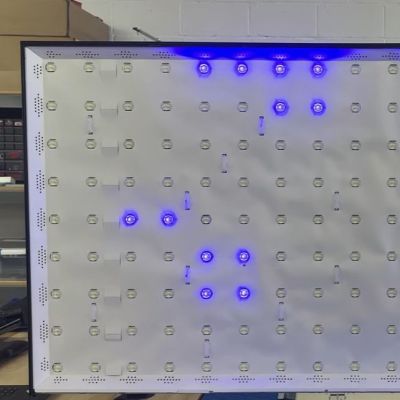The advent of rooftop solar power generation was a huge step forward for renewable energy. No longer was generating electricity the sole preserve of governments and major commercial providers; now just about any homeowner could start putting juice into the grid for a few thousand dollars. Since then, we’ve seen the rise of the home battery, which both promises to make individual homes more self sufficient, whilst also allowing them to make more money selling energy to the grid where needed.
Home batteries are becoming increasingly popular, but as with any new home utility, there come risks. After all, a large capacity battery can present great danger if not installed or used correctly. In the face of these dangers, authorities in jurisdictions around the world have been working to ensure home batteries are installed with due regard for the safety of the occupants of the average home.
Continue reading “How Regulations Are Trying To Keep Home Battery Installs Safe”















